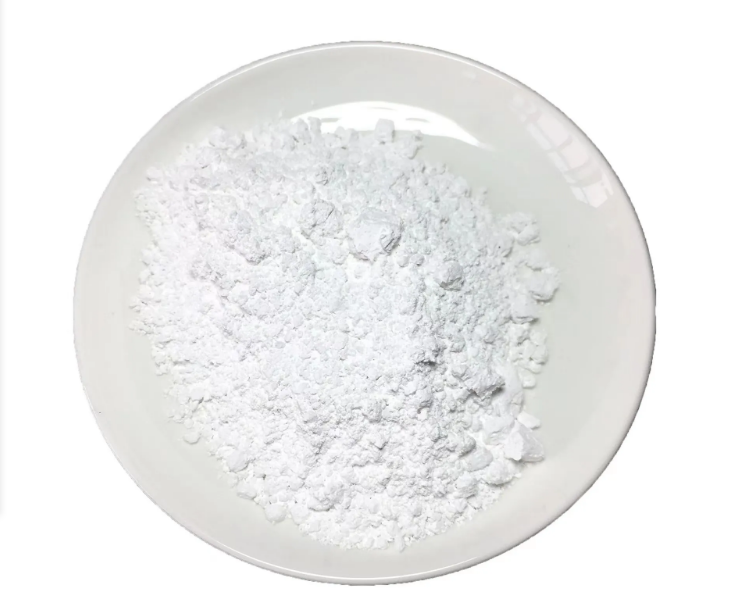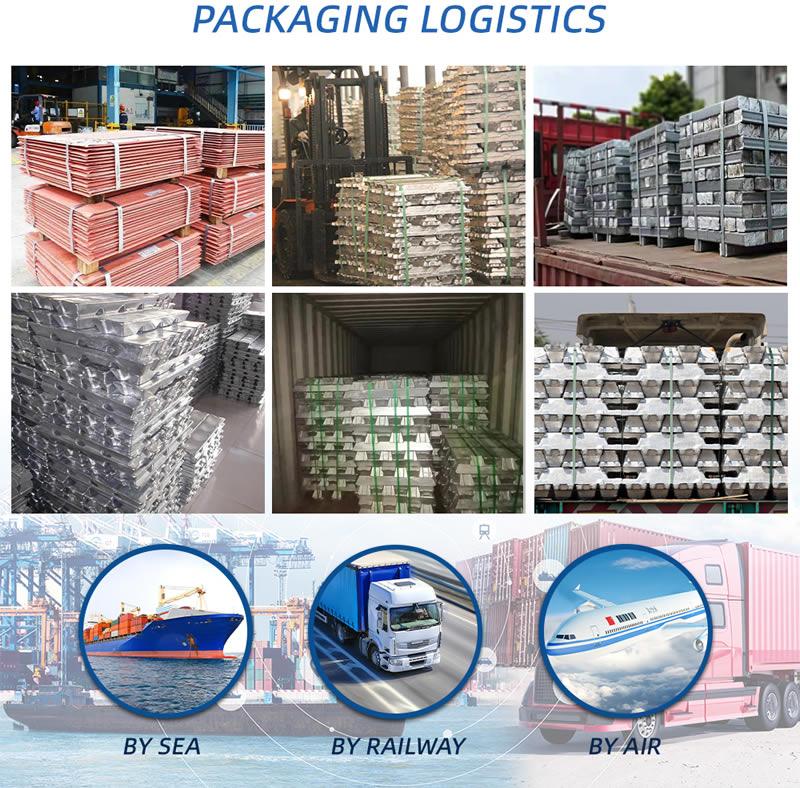The detailed introduction of antimony trioxide is as follows:
Alias: antimony white, antimony flower, antimony oxide, antimony anhydride.
CAS number: 1309-64-4.
EINECS number: 215-175-0.
Molecular formula:.
Molecular weight: 291.52.

Physical and chemical properties
Appearance: White crystalline powder at room temperature, turns yellow when heated, and turns white again after cooling.
Crystal form: There are two types of cubic and orthorhombic crystals. The density of cubic antimony trioxide is 5.2g/cm³, and it turns into orthorhombic crystals when heated to 550-577℃. The density of orthorhombic antimony trioxide is 5.67g/cm³, the melting point is 656℃, and the boiling point is 1425℃.
Solubility: insoluble in water, difficult to dissolve in alcohol, and insoluble in dilute sulfuric acid or dilute nitric acid; soluble in concentrated hydrochloric acid, concentrated sulfuric acid, concentrated nitric acid, concentrated sodium hydroxide solution, sodium sulfide solution and tartaric acid solution.Preparation method
Dry method
Metal antimony method: Heat the metal antimony to a high temperature in a graphite furnace, introduce air to oxidize it, and obtain antimony trioxide after a certain time and condition control.
Stibnite method: Mix high-grade stibnite with iron ore, limestone, etc., add it to the fuming furnace liquid slag molten pool, blow in air and coal powder mixture to adjust the temperature and atmosphere, so that antimony is fumed in the form of oxides and enters the gas phase, and obtains antimony trioxide through combustion, purification, dust collection and other processes.
Wet method
Acid leaching method: Leach antimony sulfide ore with acid such as hydrochloric acid to obtain antimony-containing leaching solution, and obtain antimony trioxide through hydrolysis, neutralization, filtration, drying and other steps.
Antimony salt decomposition method: react metallic antimony with chlorine to generate antimony trichloride, and obtain antimony trioxide product through distillation, hydrolysis, ammonolysis, washing, centrifugal separation, drying and other operations.
Applications
Flame retardant field: It is one of the earliest flame retardants, suitable for epoxy resin, polyurethane, polystyrene, polyvinyl chloride, polyester and other materials. It is often used in combination with other flame retardants and smoke suppressants such as halogen compounds, which can form a protective film on the surface of the material to isolate the air, reduce the combustion temperature through internal endothermic reaction, and be vaporized at high temperature to dilute the oxygen concentration in the air, thereby playing a good flame retardant role.
Chemical field: It is the raw material for synthesizing antimony salts and can be used to manufacture compounds such as potassium antimony tartrate. It can also be used as a catalyst in petrochemical, synthetic fiber and other industries to promote the reaction and improve the output and quality of the product.
Pigment and coating field: It can be used as a white pigment to provide good hiding power and whiteness for white paint, enamel, glass and other products. It can also be used to manufacture fire retardant coatings to improve the fire retardant performance of the coating.
Other fields: It can be used to make some drugs in the medical field; it is used as an additive in the enamel industry to increase the opacity and surface gloss of enamel; it is used as a decolorizer to replace arsenous acid in the glass industry; it can also be used as a mordant to improve the dyeing effect and fastness of dyes.
Safety Information
Health Hazards: After being inhaled into the human body, it will irritate the respiratory organs and have an irritating effect on the eyes, nose and throat. Contact with the skin can cause dermatitis. On October 27, 2017, the World Health Organization's International Agency for Research on Cancer published a preliminary list of carcinogens for reference. Antimony trioxide is on the list of Class 2B carcinogens.
Storage Precautions: It should be stored in a cool and dry warehouse. Do not store or transport it together with inorganic concentrated acids and caustic soda. During transportation, it should be protected from rain, sunlight, and light, and sealed.
Bag-packed
Plastic woven bags: Generally, plastic woven bags with plastic inside and woven outside are used for packaging. This type of packaging has good strength and moisture resistance. The plastic film inside can effectively prevent antimony trioxide from getting wet, and the woven bag outside provides sufficient wear resistance and tear resistance, which is convenient for handling and storage. The weight of each bag is usually 25 kg or 50 kg, which is convenient for loading and unloading and use.
Paper bags: Some antimony trioxide products are packaged in multi-layer paper bags, and there will also be a moisture-proof layer inside the paper bags, such as plastic coating or lining with plastic film, to ensure the dryness of the product. Paper bag packaging is relatively environmentally friendly and is suitable for some occasions that require environmentally friendly packaging. The weight specifications are mostly 25 kg or 50 kg.
Barrel-packed
Plastic barrels: Plastic barrel packaging has good sealing performance and can effectively prevent product leakage and moisture. For some antimony trioxide products that require more stringent moisture-proof and sealing requirements, especially small batches and high-purity products, plastic barrels are often used for packaging. Common plastic barrels have capacities of 25 liters, 50 liters, etc., which can be selected according to actual needs.
Iron barrels: Iron barrel packaging has high strength and stability, and is suitable for packaging large amounts of antimony trioxide or for storage and transportation in harsh environments. The inside of the iron barrel is usually treated with anti-corrosion to prevent antimony trioxide from reacting with the iron barrel. There are generally different capacity specifications such as 180 liters and 200 liters.
Container bags
For large-scale transportation and storage of antimony trioxide, container bags are used for packaging. Container bags are large flexible packaging containers, usually made of high-strength polypropylene or polyethylene fibers, with large capacity and easy loading and unloading. The capacity of container bags is generally between 1 ton and 3 tons, and can be directly loaded and unloaded by forklifts or cranes, which greatly improves logistics efficiency and is suitable for large-scale industrial applications and long-distance transportation.



